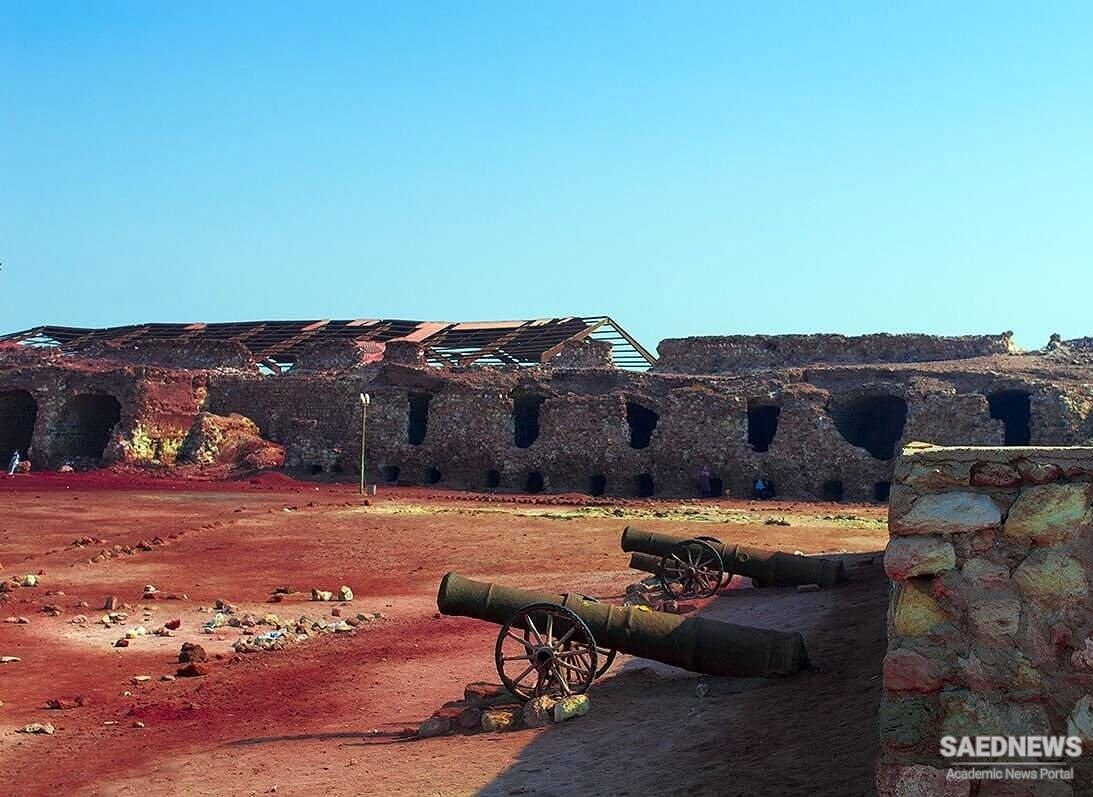The Catholic missionaries, however, persevered in their evangelical activities. They established schools to which they invited the Armenians to send their sons. The Archbishop of New Julfa did not wait long to threaten with excommunication all those who had their children tutored by Catholic missionaries. He even had Shah Abbas II expel Father Ambroise from Iran, as he was deemed to be an assertive Catholic militant. The Armenian ecclesiastics had even succeeded in obtaining an edict prohibiting the Augustin missionaries from officiating for Nestorian Christians. In 1654 they simply forced the Jesuits, Carmelites and Capucins to leave New Julfa. Many Armenians in Nakhchevan had been converted to Catholicism by a Dominican from Bologna, but Chardin says that the persecution by the Armenian patriarch had brought them back to the Apostolic faith. The Dominicans sent letters to the Safavid court from the Pope and the Catholic monarchs of France, Poland and Italy, asking the Shah to protect the Catholics in Iran.
After the death of Shah Abbas II, the struggle between the Armenians and the Catholic missionaries intensified even further. Agha Piri, who was the kalantar of New Julfa and probably the wealthiest Armenian of Iran, was staunchly opposed to the activities of the European missionaries. His conversion to Islam in 1673 increased even further his influence at the court, which he certainly used to frustrate the Catholics. During this period, the Armenians persuaded Shah Sulayman (1666-1694) to ban marriages between Armenians and Catholics. Knowing the delicate situation of the Armenians, the French missionaries and merchants lured the Armenian katholikos to appeal to the Pope and acknowledge his authority, but the Carmelites and the Augustins, seeing that they could not play any part in this political reconciliation, advised the Pope to ignore his appeal.
The Catholic missionaries had in fact damaged the fragile unity of the Armenian community. There were as a result occasional discords between the Church and the secular leaders of the Armenians. In 692 the bishop Nahapet Edesaci obtained the seat of the katholikos, with the support of the kalantar of New Julfa, Khwaja Awet. The Armenians forced both men out of their office and elected a new katholikos. Khwaja Awet and the bishop Nahapet Edesaci decided to avenge themselves. The former converted to Islam, and the bishop Nahapet, through Khwaja Awet’s assistance and the support of the Jesuits, had the katholikos elected by the Armenians arrested by the Safavid officials. A year earlier, in 1691, the Carmelites tell us that the kalantar of New Julfa calumniated the Armenian Catholics to Shah Sulayman, preferring to see them convert to Islam.
The Catholic missionaries admit that Shah Sulayman had no predilection for the Armenians, therefore the Armenians were skilled negotiators, as despite the cordial relation the missionaries maintained with the court, the Julfan Armenians were able to thwart their plans for settling and building churches in New Julfa by obtaining edicts from Shah Sulayman forcing them to abandon their plans. The Carmelites expressed their confusion about the behaviour of the Armenians, saying that the Armenians and their katholikos put themselves under the authority of the Iranian king voluntarily and incited him against the Catholic emissaries.750 The Christian missionaries retaliated against the Apostolic Armenians by having the Pope and other Catholic monarchs send envoys to Iran, in order to win Shah Sultan Husayn’s favour for the Catholic missionaries and denounce the hostility of the Armenians. In 1695, the Carmelites took advantage of the arrival of the Portuguese ambassador (Gregorio Pereira Fidalgo) to present their petition to Sultan Husayn. However, at that time, the Armenian katholikos enjoyed the support of the Queen mother, and therefore the Carmelites saw their attempts fail. Two years later, to the consternation of the Armenians, the Portuguese ambassador was able to obtain from the Shah the right for the Carmelites to establish a Catholic church at New Julfa.


 Politics Iranian VP says Tehran ready to implement reconstruction projects in Syria, hails Damascus as strategic partner
Politics Iranian VP says Tehran ready to implement reconstruction projects in Syria, hails Damascus as strategic partner














































